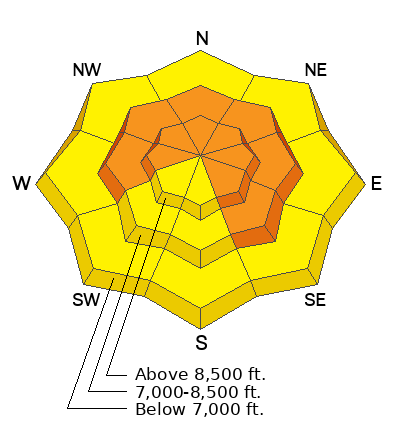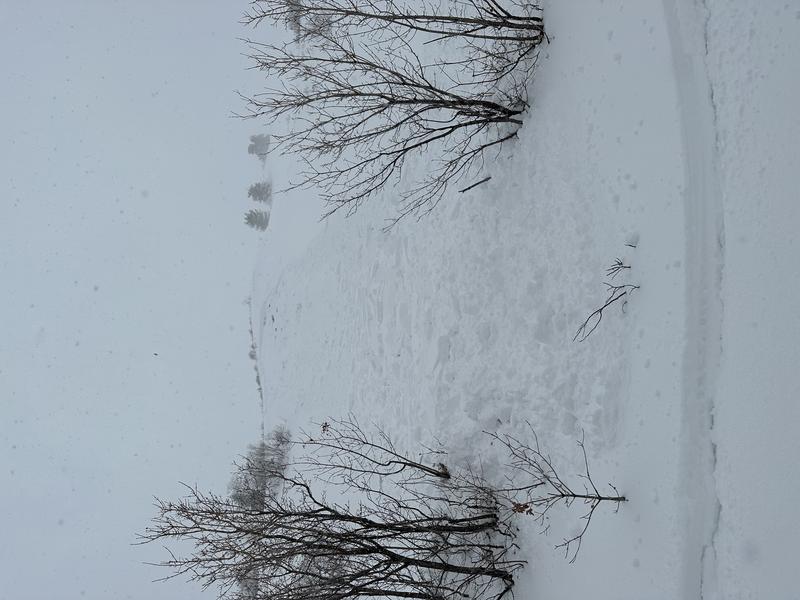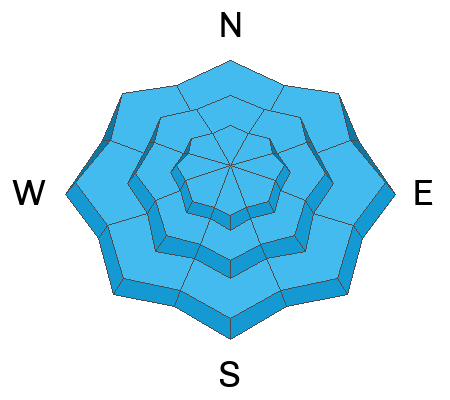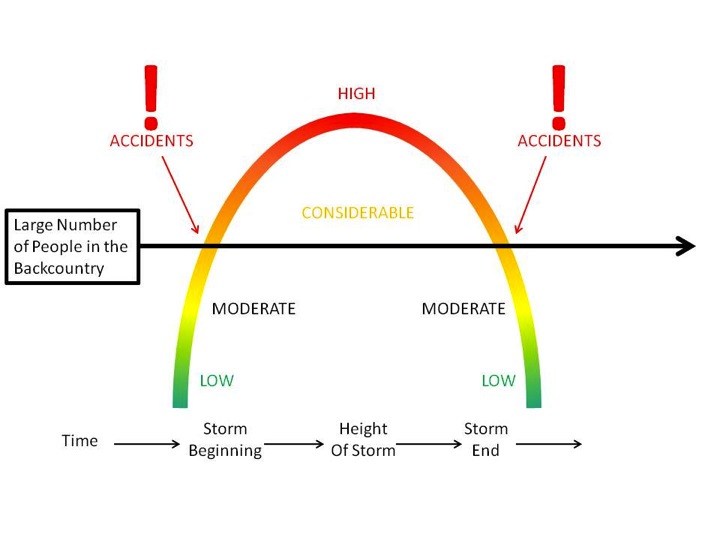Forecast for the Ogden Area Mountains

Issued by Drew Hardesty on
Tuesday morning, December 6, 2022
Tuesday morning, December 6, 2022
A tricky CONSIDERABLE avalanche danger exists on steep west to north to southeast facing slopes at the mid and upper elevations. Dangerous human triggered avalanches 1-4' deep and up to 300' wide are likely...and may be triggered at a distance. A MODERATE avalanche danger exists on all south and southwest facing slopes and in the low elevation bands.
Travel Advice: Choose low angle terrain with nothing steep above.

Low
Moderate
Considerable
High
Extreme
Learn how to read the forecast here









